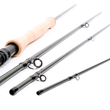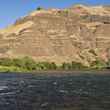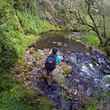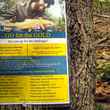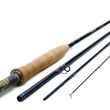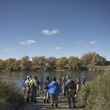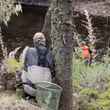The mist lifting off the water of the slow-moving creek that meandered through the Big Thicket National Preserve added to my mounting anxiety. Not only was I about to board a kayak for the first time since back surgery completely rewired my balance and my confidence, but the rusty, brown water hid whatever lurked beneath.
What lies beneath
by Chris Hunt - Monday, Aug 23rd, 2021



